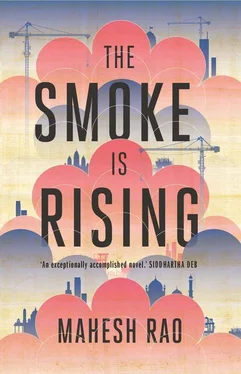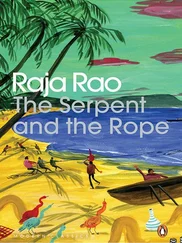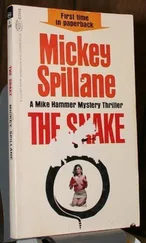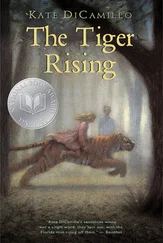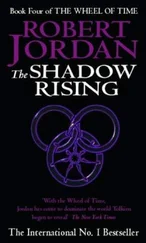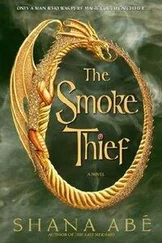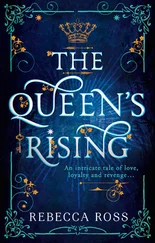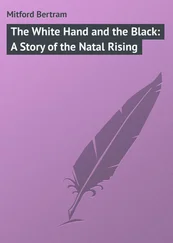The Promenade by Tejasandra Lake was blocked for general traffic in both directions. The only vehicles being allowed into the area belonged to organisers, performers, contractors or security staff involved in the Lake Utsava and the Mysore International Film Festival. The inspections being carried out at either end of the road added to the air of celebratory exclusivity as ID cards and wristbands were flaunted with enthusiasm. To the officious, the bureaucratic and the socially suspicious, it was a celestial gift.
Once the initial rancour and invective had been overcome, the organisation of the lakeside festivities took on an unfaltering momentum. The selection of the film festival jury had been surprisingly undemanding and the coordination of dates had been effortless. The organisers’ strategy of targeting artistic personalities who had not been publicly active for a while had paid rich dividends. The local media were also doing all they could to show their support. The Mysore Evening Sentinel was featuring a ‘Countdown to Celebration’ section, crammed with updates on festival highlights, behind-the-scenes exclusives and a tornado of small advertisements.
The Mysore Tourism Authority had been a model of productivity too. The ‘Geneva of the East’ campaign had been rolled out across a number of Tier I and Tier II cities, photographs of an inviting Tejasandra Lake, the Promenade twinkling in the distance, appearing in a variety of magazines. Due to budgetary considerations a television campaign had been rejected, but radio spots had been booked on dozens of stations across the country.
The organisers of the Lake Utsava were intent on projecting an image of Mysore as a centre of elite metropolitan accomplishment, able to stand up to scrutiny by global trendsetters. The environs of Tejasandra Lake absolutely had to look the part. A phalanx of sweepers, carpenters, electricians and decorators had been drafted in to bring Geneva to South India. Paving stones were scrubbed, lamp posts were repainted and an exceptional sheen was brought to the barriers rising above the lake’s flood defences. A fashionable young artist had been commissioned to produce a mural outside the Museum of Folklore, an avant-garde crypto-tribal conceptualisation of the spirit of Mysore, designed to challenge and energise festivalgoers. The artist was well known for his chronic addiction to a range of illegal substances, and in certain quarters the prospect of his early demise only served to enhance the project’s artistic cachet.
A ramp now led up to a giant platform at the central point of the Promenade. Here the vintage cars would ascend to dazzle in the sun. Giant stone torches were being placed at regular intervals along the lakeside; plants and trees had been hired from garden centres and nurseries across the city to infuse greater colour; and the Mysore Archaeology Museum was being painted a warm ecru. The Utsava’s dance stage was in place and already being filmed as part of a DVD release marking the grand success of the festival. A media enclosure had been set up opposite the front steps of the Anuraag Kalakshetra and technicians were conducting their final tests on the lighting rig that would illuminate the red carpet. Two outside screens had been erected on either end of the Promenade where, weather permitting, the entries in the ‘Panorama: India’s Rising Sun’ section would be shown.
Not far from the Anuraag Kalakshetra a fountain had been wheeled into place, the water spraying out from the apex of a structure resembling a steel samosa. Although not quite able to match Geneva’s Jet d’Eau, according to the Deputy Artistic Director of the Lake Utsava, the fountain added a structural fluidity to the psychology of the urban space.
Not all of the organisers were impressed.
‘Even my grandson can piss higher than that,’ one board member commented.
If these improvements were settling the costume of Tejasandra Lake, the necessary braids, spangles and flounces were being fastened with similar taste and care. A swathe of banners and logos stretched across the arches outside the museums, fell from the windows of the Galleria and fluttered over the rocks that dropped down to the edge of the water. The sponsors of the Lake Utsava and the film festival were naturally given priority in vantage and visibility in order to ensure optimum brand persuasion among the attendees.
Beyond these concerns, the organisers had entrusted the lakeside to G S Anand and his reputable aptitude at squeezing revenue from every square inch of outdoor space. Mr Anand’s company did not disappoint. Everything from plastic cups and paper napkins to the side panels of floats and the huge plasma screens along the Promenade offered up an opportunity to engage in the vibrant commercial hub of India’s eleventh fastest growing small city. Designers at Exospace Media had even managed to install in record speed two ‘time dilation pods’, essentially arcade games enclosed in a plastic sheath, which purported to conduct users on a journey through Mysore thirty years in the future. Those accustomed to G S Anand’s sleights of hand would recognise this for what it was: a tour of shimmering towers and sweeping walkways that served as an ideal backdrop for a flood of product placement.
Advertising was also alive in the mind of Venky Gowda, who had dropped in to have a look at the construction of the HeritageLand stand at the Utsava. As far as Venky was concerned, there was no such thing as premature merchandising and he had personally approved the colour of the HeritageLand dental floss that would be on sale at the festival, along with an exciting array of other HeritageLand products.
The festival organisers were all too aware that the security arrangements would need to be beyond reproach. Senior police personnel had authorised the relevant sub-divisional officers to round up known miscreants, rowdy-sheeters and other objectionable elements in anticipatory custody. A specially trained unit would be responsible for crowd control and the maintenance of law and order on the lake shore. Metal detectors had been installed at all the entry points to the Promenade and CCTV cameras would cover the majority of proceedings. City officials had also enlisted the assistance of the police in conducting background checks on those who had sought licences for stalls at the Utsava handicrafts bazaar. The question of who would bear the cost of the extra policing had yet to be finalised but the police department, commercial sponsors, festival organisers and civic authorities were each quietly confident that it would not be them.
There were only a few days of preparation left. The giant staff of anticipation drummed away steadily, marking time, focusing minds, making reputations. For those involved in the event, the world had shrunk to the size of a strip of asphalt that glittered across a few hundred metres at the edge of the dimpled waters of incomparable Tejasandra Lake.

They were to set off early. The dawn fog was still smothering the garden with its attentions, the lawn a murky opal and the giant bougainvillea smeared into obscurity. Susheela had suggested delaying their departure until the visibility improved but Jaydev had insisted that there would not be a problem. He was right. In less than a quarter of an hour a sluggish sun began to burn through the fog, creating clear channels around the waxen forms of the familiar surroundings. Bamboo Corner was silent, now only a banister of heavy mist curling up around the trees. The corner house shaped like a violin emerged into the morning like a surrealist’s fantasy and the shapes on Gulmohar Road became distinct, walkers making their way home from the Gardens.
Читать дальше
